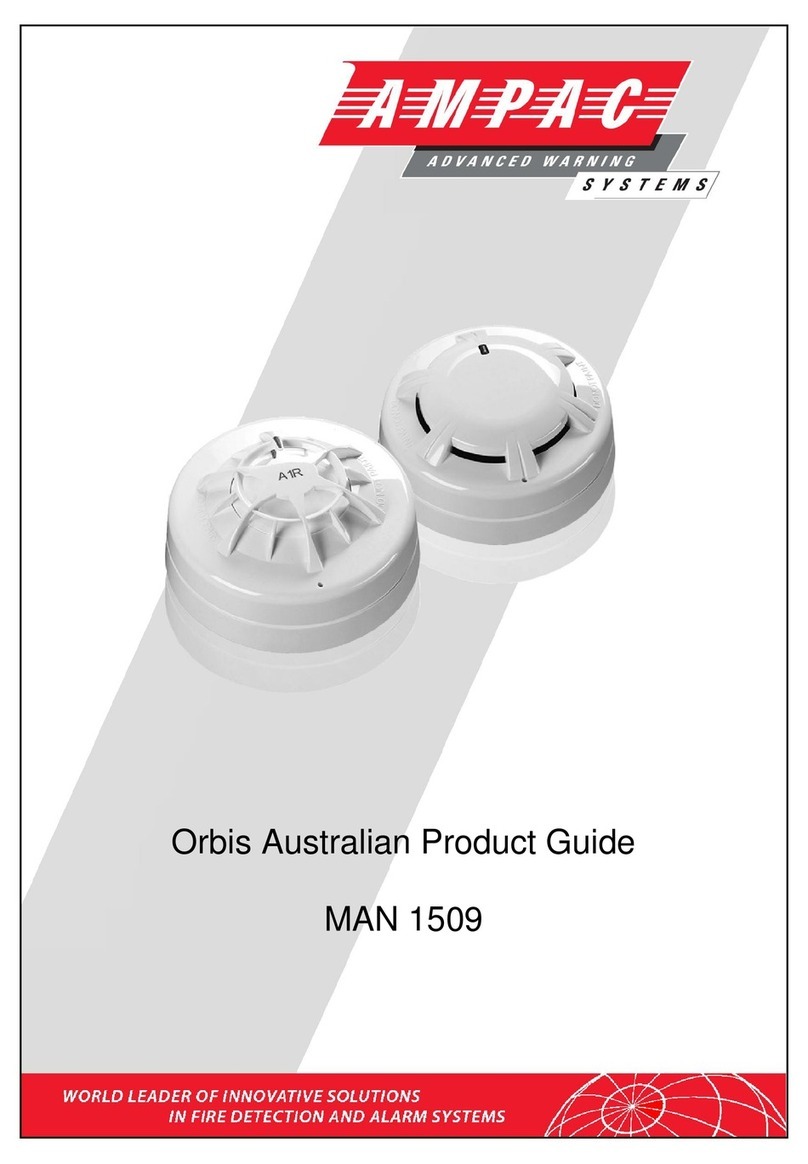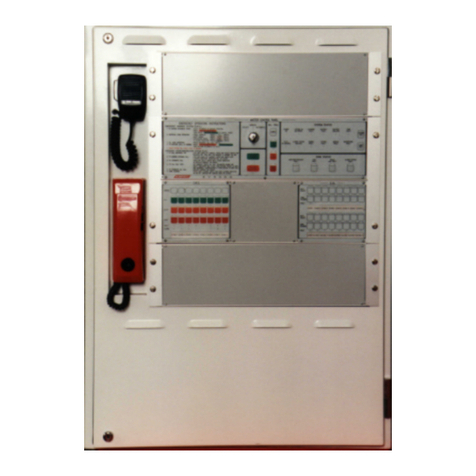
MAN3069-2
Page 1
Ampac Detectors
Cleaning, Maintenance and Functional Test Procedures
1
Non Disclosure Agreement
This contract has been entered into by the user of this document, person or company (hereafter
called the Trader) and AMPAC Technologies (hereafter called AMPAC) of 7 Ledgar Rd, Balcatta,
WA 6021, Western Australia under terms and conditions as specified hereunder.
Whereas Ampac and the Trader for their mutual benefit and pursuant to a working relationship which
may be established, anticipate that Ampac will disclose in the form of this document, information of a
secret, or confidential or proprietary nature (hereinafter collectively referred to as Proprietary
Information).
Whereas Ampac desires to ensure that the confidentiality of any Proprietary Information is
maintained in accordance with the terms of this Agreement;
NOW, THEREFORE, in consideration of the foregoing premises, and the mutual covenants
contained herein, the Trader hereby agrees as follows:
1. The Trader shall hold in trust and confidence, and not disclose to any person outside its
organisation, any Proprietary information which is disclosed to the Trader by Ampac under
this Agreement. Proprietary Information disclosed under this Agreement may be used by the
Trader only for the purpose of carrying out work on or with Ampac supplied equipment and
may not be used for any other purpose whatsoever.
2. The Trader shall disclose Proprietary Information received by Ampac under this Agreement
to persons within its organisation only if such persons are legally bound in writing to protect
the confidentiality of such Proprietary Information.
3. The undertakings and obligations of the Trader under this Agreement shall not apply to any
Proprietary Information which:
(a) is disclosed in a printed publication available to the public, is described in patent anywhere in
the world, or is otherwise in the public domain at the time of disclosure;
(b) is generally disclosed to third parties by Ampac without restriction on such third parties;
(c) is shown by the Trader to have been in its possession prior to the receipt thereof from
Ampac;
(d) is approved for release by written authorisation of Ampac; or
(e) is not designated by Ampac in writing or by appropriate stamp or legend to be of a secret,
confidential or proprietary nature.
4. This Agreement will be binding upon and inure to the benefit of the parties hereto, and their
respective successors and assigns.
5. This Agreement, and all rights and obligations hereunder, shall expire on the 10th
anniversary of the date of issue of this document.
6. This document is for guidance only and all the information is given in good faith. Ampac
cannot be held responsible for any errors or omissions.
These terms are accepted by the Trader on receipt and retention of this document.































